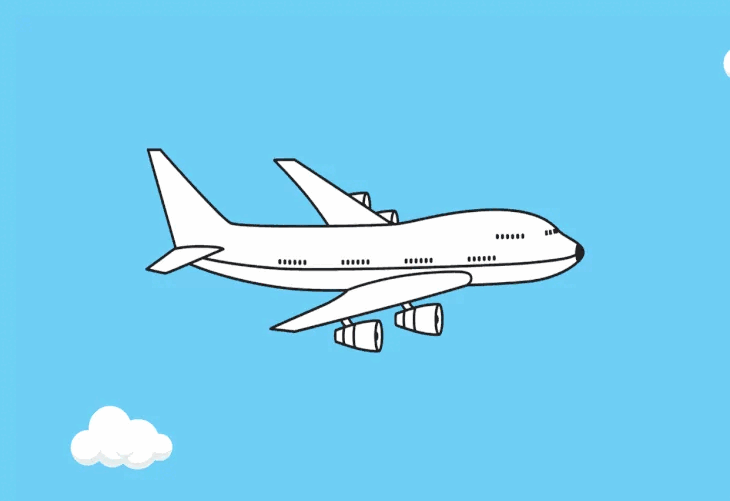How do flights predict turbulence?
According to the United States Federal Aviation Administration (FAA), turbulence is the movement of air created by atmospheric pressure, jet streams, air around mountains, cold weather areas or warm or stormy.

Illustration when the plane flies into the area of air turbulence - (Photo: WALL STREET JOURNAL)
Air turbulence is a phenomenon in which air moves unevenly and irregularly, which can cause vibrations to the aircraft while in flight.
Turbulence has four main types (thermal, mechanical, tail current and clear sky). According to Britannica, the main causes of air turbulence include changes in wind direction and speed, temperature differences between air masses, and terrain such as mountains or tall buildings.
In particular, there is a phenomenon called clean air turbulence (CAT), which occurs in clear, cloudless sky conditions, often related to the meeting of air currents at high altitudes, causing the aircraft to jostle. strong with no prior signs from clouds or bad weather.
How flights predict air turbulence.
Wearing seat belts reduces casualties during air turbulence
According to Flying Magazine, many modern aircraft are equipped with weather radar and advanced forecasting technologies to help detect air turbulence. However, some types of turbulence such as clear air turbulence (CAT) cannot be easily detected by radar because they do not involve clouds.
Therefore, pilots are well-trained on how to handle turbulence, including staying calm, adjusting the appropriate flight speed and altitude to ensure safety, helping to quickly and effectively take flight. the plane exits the turbulence area.
For passengers traveling by plane, remember to wear seat belts throughout the flight, especially when turbulence is forecast. Just this small action helps minimize the risk of injury due to being thrown or impacted in the cabin during turbulence.
- Air turbulence while flying is not as scary as you think
- Global warming threatens the safety of flights
- Video: The culprit makes the aircraft jump
- China: canceled 190 flights due to fog
- Causes of cloud hole formation
- Air turbulence detection system for aircraft
- Google can predict if the flight is late
- The flights across the Atlantic will be more bumpy
- Blizzard in the US caused thousands of flights to be canceled
- Why do so many international flights go round and round?
- Can predict a child's ability to learn?
- Software predicts people about to commit crimes
 Why does steam cause burns worse than boiling water?
Why does steam cause burns worse than boiling water? Lightning-fast octopus is amazing
Lightning-fast octopus is amazing Video: The secret to quickly fold clothes in just 2 seconds for busy people
Video: The secret to quickly fold clothes in just 2 seconds for busy people The eel waving off his head still bites the can of water
The eel waving off his head still bites the can of water